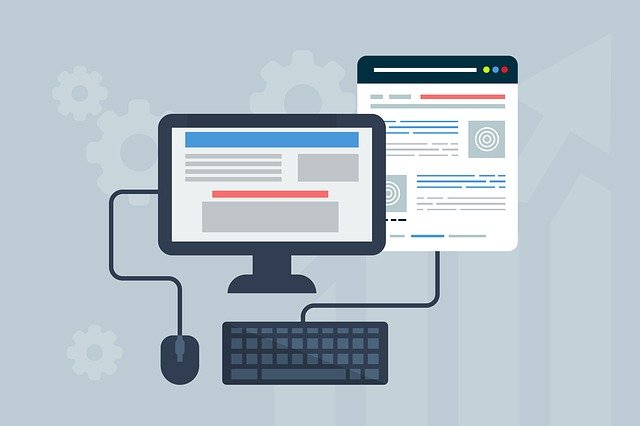
By Mitika Kulshreshtha, Vice President - APAC Marketing, Endurance International Group (EIG).
January 30 2021: Since COVID-19 began, consumer behaviour has been changing and businesses are rapidly adapting, pivoting or accepting their fate. Some businesses and local brands have had to shutter down temporarily, while others have found ways to stay connected and continue operations.
The shift to online interactions with customers is evident. According to an Endurance SMB (Small & Micro Businesses) Survey done in May 2020, preference for using digital is now approximately ~1.9X more than traditional sales interactions.
According to a Google Kantar survey, many of the 7Crore small & micro businesses are willing to adopt at least one digital solution during this time. Search trends show a 45% rise in queries around how to build a website, design a website, create a website.
Businesses that embraced digital during this time have been able to keep some semblance of normalcy and continue to serve or engage with their customers.The digital transformation journey of SMBs may not always start with building a website. However, an individual or small business that cares about its brand and longevity should now have the will to have a website. A website has always been the true virtual address, that becomes even more relevant today when most of us are avoiding going to a physical store destination.
Many businesses choose to seek help from a web developer or a freelance web designer to create their online presence. It’s absolutely alright to do so. However, you must consider these five fundamental elements while getting a website created -
Step 1: Determine Your Website Goals
Before you do anything else, set aside a little time to understand what you need to achieve with your site. Figure out the answer to the below questions:
Successful website design depends on what you want to get out of the website. Whether you want visitors, sales, subscribers, fame, community, or something entirely different, you have to start by clearly defining and writing out your website goals.
Step 2: Pick a Domain and Hosting Provider
Your domain is your address on the web, it’s what someone types into the browser if they want to head directly to your website. You need to pick something that makes sense for your websites, is easy for your visitors to remember, but that’s still available. When ideating good domain names, consider the following elements:
Every website needs a "host," a server where all of the data is stored for the public to access at all times.The fundamental things you have to check off your web hosting list are-
For example if you are comfortable setting up your website and connecting it to a hosting server, you could choose a shared hosting plan from reliable brands like Bluehost, HostGator, ResellerClub or BigRock.
Step 3: Develop a Successful Website Design
If you are building a website on your own, choose the right content management system (CMS) or a website builder. WordPress is the most popular CMS in India and across the globe. |
Select the template format that comes nearest to what you need your website to look like. Your website site will be all the more impressive if it includes images.For somebody without coding skills that has a restricted budget, hiring a web designer is justified to keep things easy, while still delivering a website that looks good.
If you are curious to learn to create a website yourself, choose a provider like Bluehost that gives you easy management of WordPress websites using a proprietary dashboard.
Step 4: Write Your Website Copy
What do you want visitors/potential employers to know about you? Emphasize the skills and experience you have, and what makes you special. Understand your readers and arrange your content with the most relevant data at the top. Consider requesting testimonials or reviews from people with whom you have worked in the past.
Step 5: Optimize for Search Engines (SEO)
One in ten SMBs doesn't invest in any type of digital marketing. This implies if you do invest in digital marketing —like paid search—you're one step ahead of your competitors when it comes to driving traffic to your website. It's essential to begin thinking about SEO from the very first moment. Even if you don’t invest in more advanced SEO tactics like link building and content marketing, it’s still worth remembering that relevant content and tags on your website will over a period of time make it more discoverable by search engines.
The EIG family of brands includes Bluehost, HostGator, ResellerClub amongst others, that help businesses in creating web presence.